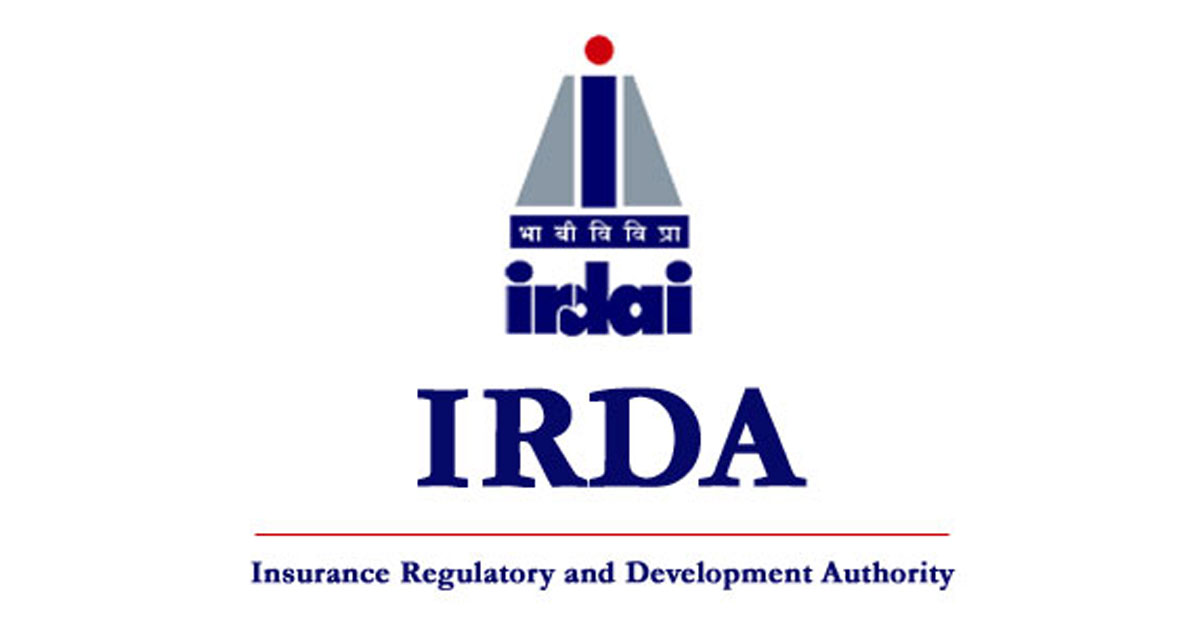It’s a pain to read through a policy wording document. It’s worse to miss on important technicalities. One of them is how health insurers define ‘hospitals’.

Purchasing health insurance, or any other form of insurance for that matter, is often marred by the technical implications that the plans carry. Either we follow the advice of our agent/ broker or that one friend who seems to be more aware about the different health insurance plans available in the market. The more tech-savvy amongst us resort to the internet.
Irrespective of the sources we refer to, any negligence in understanding the technical terms can affect the extent to which our claims are honored by the insurance companies.
One technical aspect of the health plans that we tend to ignore is ‘hospitalization’. Did you know that insurance companies even have a definition of what can be categorized as a ‘hospital’?
Let’s understand the nitty-gritties of hospitalization.
So what’s a ‘Hospital’?
A hospital, as explained in any health plan refers to that institution which has been established to provide in-patient care and day care treatments of illnesses and/or injuries. The institution should be registered as a hospital with the local authorities under the [Clinical Establishments (Registration and Regulation) Act, 2010]clinicalestablishments.nic.in/cms/Home. or under the Schedule of Section 56(1) of the Clinical Establishments (Registration and Regulation) Act, 2010. Alternately, an institution can also qualify as a hospital but fulfilling the following criterion:
The institution must have a minimum of 10 in-patient beds if it is located in a town with a population of less than 10 lakhs or 15 in-patient beds if located in other places where the population is higher than 10 lakhs.
The institute should have a round-the-clock qualified nursing staff and medical practitioners or doctors in charge.
There should be a fully-equipped operation theater wherein surgical operations can be carried out.
It should maintain daily records of its patients and such records should be made easily accessible to the insurance company’s authorized personnel in case of claims.
Before you seek to get a claim settled from your health insurance company, and before you get yourself admitted in a hospital for some treatment, remember to make sure that the hospital fulfills the above mentioned criteria. In simple words, you cannot avail claim from your health insurance provider if you just walk in to your local physician’s clinic that has just two beds.
Know the Difference
Apart from ensuring that your hospital meets the necessary criteria, it is also wise to know whether it also falls into your insurance company’s network.
Network Hospitals – Insurance companies have tie-ups with multiple hospitals throughout the country. These hospitals come under the Preferred Provider Network. Since insurers have their respective Third Party Administrators (TPAs) at all network hospitals, one can easily avail the cashless facility for settling health insurance claims of hospitalization.
Non-network hospitals – You can always choose to be treated in a non-network hospital. However, remember that initially you would have to pay for the expenses. Eventually, the bills can be submitted to the insurance company for reimbursement and claim settlement.
Making Claims on Hospitalization
Now you know how to identify a hospital as accepted under the policy wording, and you know the difference between network and non-network hospitals. So the next logical step is to understand what all hospitalization expenses can actually be claimed.
Just a visit to the hospital does not entitle you to make claims. An insured person needs to be admitted in a valid hospital for more than 24 hours. However, certain treatments, which don’t require the patient to be hospitalized for more than a few hours, are also covered under the hospitalization benefit. Such treatments are listed under the day care procedures in the policy wordings.
As an insured individual, you can also claim for pre and post hospitalization expenses. Generally, all expenses related to the treatment but incurred 30 days prior to the hospitalization are also covered under this ambit. Similarly, expenses incurred up to 60 days after discharge (depending on the insurance company) can be claimed after submitting the necessary receipts and forms.
Hospitalization benefits also include covers for domiciliary treatment. So in case the insured individual is not in a condition to be moved to a hospital or there are no hospital beds avaitlable, the medical treatment can be taken at home. Claims on such treatments can also be availed.
Given the fact that all health insurance policies offer hospitalization benefits, it is best to be fully aware of the feature before selecting the most suitable plan.
Recommended Link:What Are Network Hospitals In Health Insurance?






